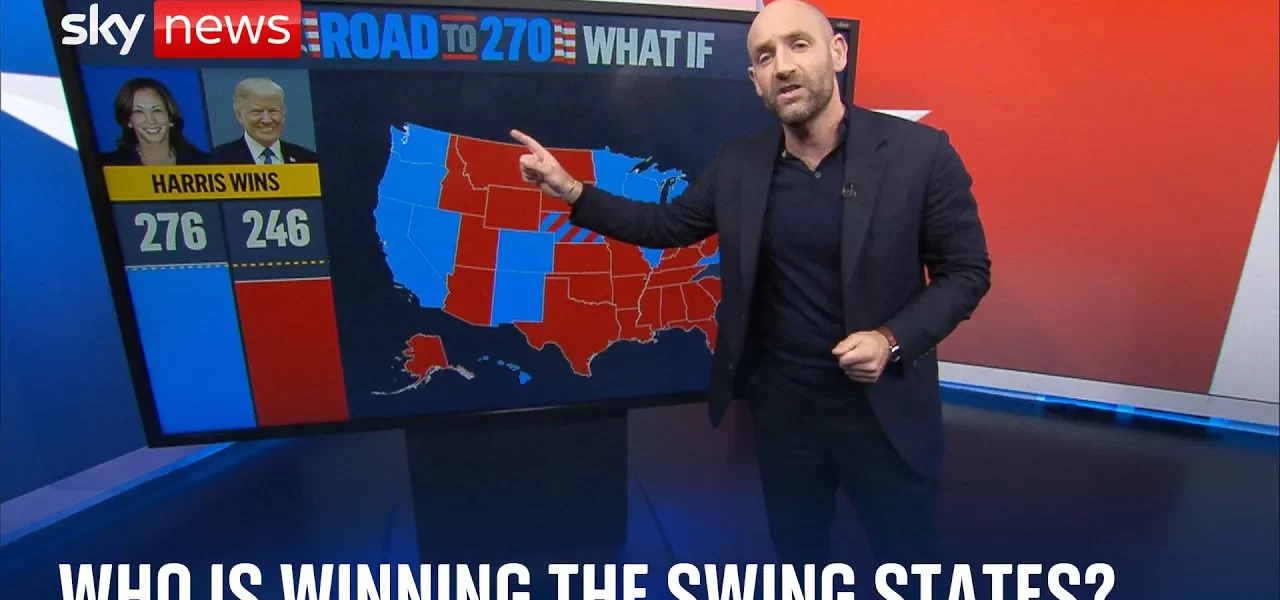Understanding the Current Polling Landscape: Harris vs. Trump

This article delves into the latest polling numbers and their implications for the election, exploring the significance of swing states, demographic influences, and the overall electoral landscape.
Introduction
The polling landscape leading up to an election provides crucial insights, yet can often be misleading. Currently, polls indicate a consistent lead for Kamala Harris over Donald Trump, but these figures come with caveats. This article will explore why these numbers may be deemed both useless and useful at this stage, particularly focusing on the battleground states that will ultimately determine the winner in the race for 270 electoral college votes.
Current Polling Overview
At this moment, the polling data suggests that Kamala Harris holds a slight lead nationally. However, the margins are incredibly narrow, making it challenging to predict a clear winner. Here’s why understanding this data is essential:
- Polling numbers are often within the margin of error.
- State-specific polling provides more clarity than national averages.
- The battleground states are critical for electoral success.
Importance of Battleground States
Battleground states, or swing states, are crucial for both candidates as they often decide the outcome of the election. The latest polling indicates varying levels of support in these critical regions:
Polling Data by State
Recent polling data shows a mixed bag across battleground states:
- Nevada: Kamala Harris shows strong support.
- North Carolina: A dead heat—a critical state to watch.
- Other Swing States: Polls indicate tight races within the margin of error.
Electoral College Implications
Understanding how these states contribute to the electoral college is vital:
- If Harris wins Pennsylvania, she crosses the 270 electoral votes threshold.
- If Trump captures North Carolina, he could secure a win with 281 electoral votes.
- Every swing state’s outcome is essential due to its electoral vote count.
Demographic Factors at Play
Demographics play a significant role in understanding voter behavior and preferences. In the U.S., various demographic groups can sway election outcomes, particularly in swing states:
Black Voter Turnout
The percentage of the voting-age population that identifies as Black is a crucial factor:
- The U.S. average stands at 12%.
- States like North Carolina exceed this average, which could be beneficial for Harris.
Rural Voter Influence
Conversely, rural areas typically lean toward Trump:
- 21% of the U.S. voting-age population resides in rural areas.
- Many swing states have a significant rural demographic, which may favor Trump.
Intersecting Demographics
It is crucial to consider that rural areas also encompass diverse groups:
- Black voters and women voters are significant demographics.
- Harris’s popularity among these groups may offset Trump’s rural advantage.
Conclusion
In summary, while current polling numbers may seem inconclusive, they reveal underlying trends that could be pivotal in the upcoming election. The battleground states remain critical, and demographic shifts could play a crucial role in determining the outcome. As we continue to monitor these developments, it’s clear that both Harris and Trump have paths to victory, but it remains too close to call. Stay tuned for further updates as the election approaches. For more insights on the electoral process, check out our related articles on swing states and voter demographics.
“`




